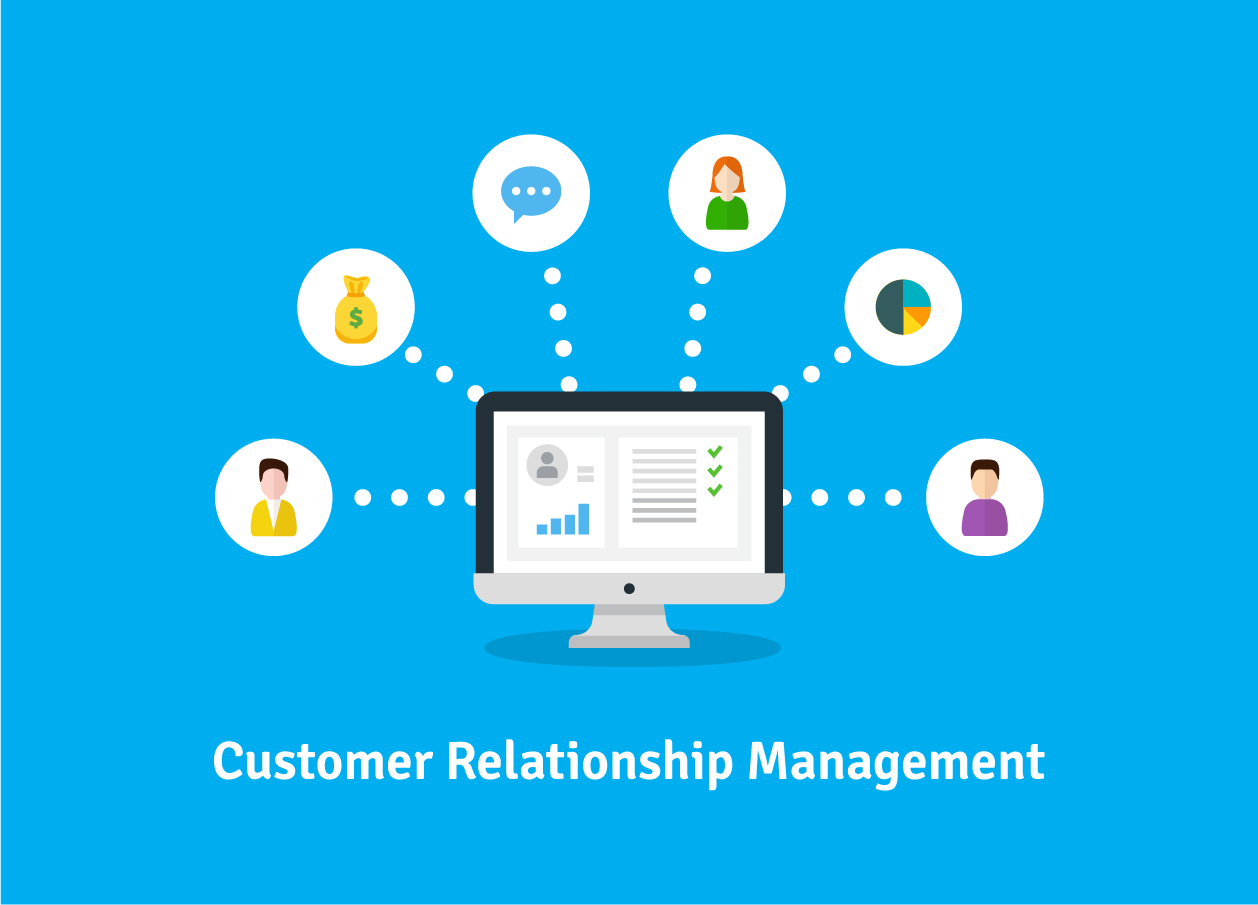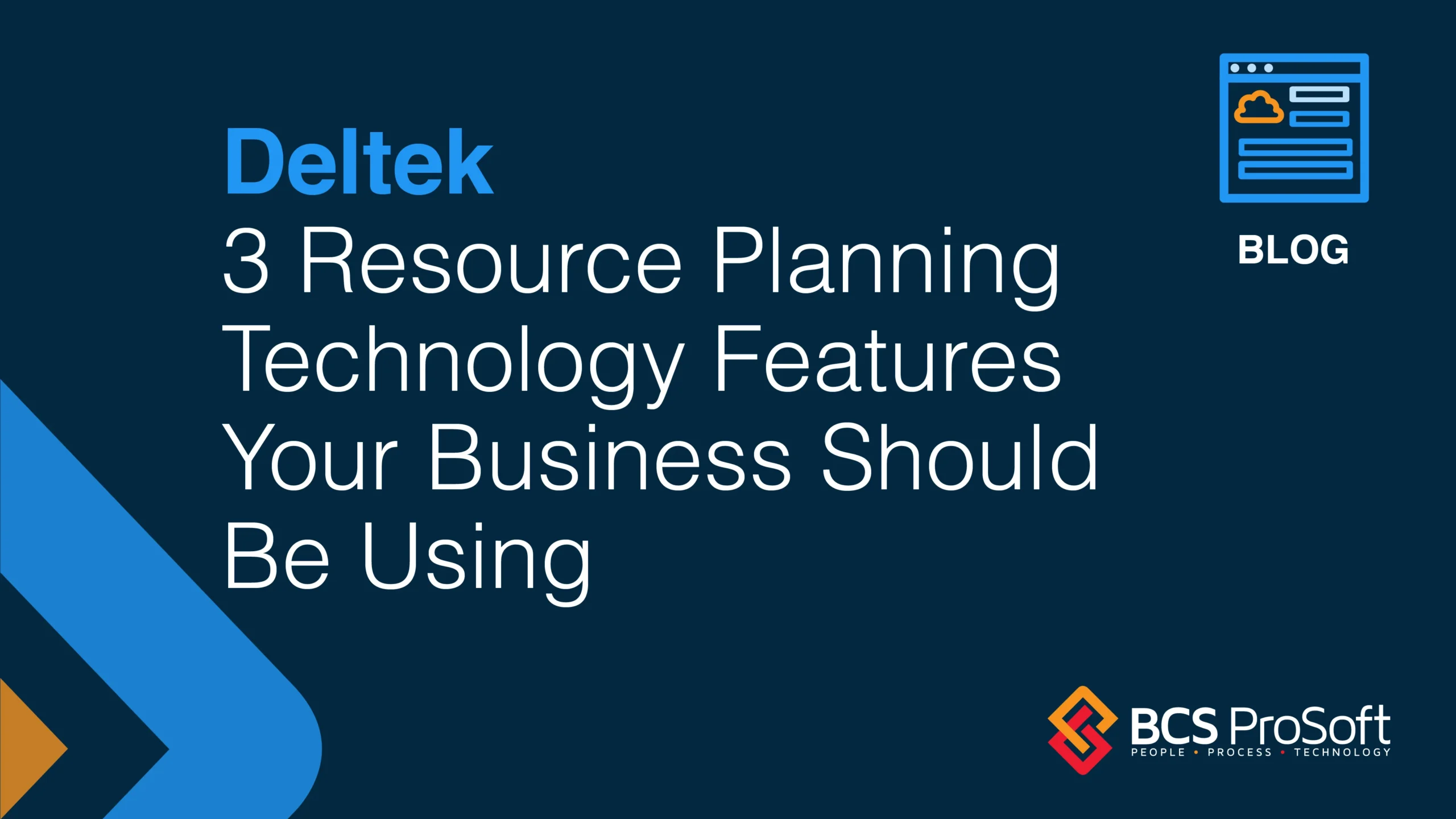If you’re in charge of purchasing for a large organization, you know how important it is to have a streamlined procurement process. Centralized purchasing, which involves consolidating all procurement activities under one department or team, can greatly improve efficiency and save costs. In fact, organizations can see a reduction in procurement costs by up to 10-20% due to improved negotiating leverage with suppliers and economies of scale.
But what exactly does centralized purchasing entail? And what are the key insights for successfully implementing this approach? In this article, we’ll cover everything you need to know about centralized purchasing and its benefits.
What is Centralized Purchasing?
Centralized purchasing is a procurement strategy where all purchasing decisions and processes are handled by a single department or unit within an organization. This approach aims to consolidate purchasing power, streamline the purchasing process, and achieve economies of scale, ultimately leading to cost savings and increased efficiency.
Example of Centralized Purchasing
Let’s say a company has multiple departments or entities that purchase the same supplies from different vendors. Each department is responsible for managing their own purchasing process, negotiating prices with suppliers, and maintaining inventory levels. This can lead to duplication of efforts, inconsistent pricing, and inefficient use of resources.
With centralized purchasing, the company would have a dedicated procurement team responsible for all purchasing decisions across departments. The team would work together to negotiate contracts with suppliers, establish standard pricing for goods and services, and manage inventory levels for the entire organization.
Benefits of Centralized Purchasing
There are several benefits to implementing a centralized purchasing system for a company. These include:
Improved Negotiating Leverage
Centralized purchasing consolidates the demand for goods and services across the entire organization, providing a stronger bargaining position when negotiating with suppliers. This leverage can lead to significant cost reductions, as suppliers are often willing to offer lower prices and better terms to secure a large, consolidated order rather than several smaller ones.
Heightened Team Productivity
By centralizing the purchasing function, team members can specialize in specific areas of procurement, from negotiation strategies to supplier management. This specialization leads to increased efficiency and effectiveness, as team members are not spread thin over multiple tasks but can focus on leveraging their expertise for the benefit of the organization.
Reduction of Unauthorized and Duplicate Expenditures
Centralized purchasing brings all procurement activities under a single oversight mechanism, significantly reducing the occurrence of unauthorized purchases and duplicate orders. This control mechanism ensures that all expenditures are pre-approved and aligned with the organization’s procurement policies, minimizing wasteful spending and optimizing resource allocation.

Cost Optimization Through Procurement Savings
Centralized purchasing allows organizations to take a strategic approach to cost-saving. By aggregating purchases and leveraging detailed analytics, companies can identify areas where savings can be made, negotiate better deals, and select suppliers that offer the best value, thus optimizing procurement expenses.
Enhanced Oversight and Authority
A centralized purchasing system offers unparalleled visibility into the procurement process, giving management the ability to monitor spending, enforce compliance with procurement policies, and make adjustments as necessary. This level of oversight is crucial for maintaining control over the organization’s spend and ensuring that procurement activities align with strategic goals.
Streamlined Operations Through Standardization
Implementing a standardized purchasing process across the organization eliminates variability and inefficiency. Standardization not only simplifies the procurement process but also ensures consistency in the quality of goods and services procured, leading to improved operational performance.
Increased Operational Efficiency
Centralized purchasing eliminates redundancies and streamlines workflows, leading to faster decision-making and processing times. Efficiency gains are realized through the elimination of repetitive tasks and the automation of procurement processes, freeing up staff to focus on strategic rather than tactical activities.
Enhanced Strategic Decision-Making
With centralized purchasing, data on procurement activities is consolidated, providing management with actionable insights for informed decision-making. This comprehensive view enables better forecasting, budgeting, and strategic planning, ensuring that procurement activities support the organization’s long-term objectives.
Drawbacks of Centralized Purchasing

While there are numerous benefits to a centralized purchasing approach, it’s important to acknowledge the potential drawbacks as well. These include:
Limitation of Individual Purchasing Autonomy
Centralization can reduce the ability of individual departments or business units to make their own purchasing decisions. This lack of autonomy can lead to frustrations and inefficiencies, particularly if the centralized purchasing department is not responsive to the unique needs of different areas of the organization.
Potential Delays in Processing
The concentration of purchasing activities in a single department can sometimes lead to bottlenecks and delays, especially when approval processes are cumbersome or when the centralized team is overwhelmed by the volume of requests.
Potential Negative Impact on Employee Morale
Employees in decentralized units may feel disempowered or disconnected from the procurement process, leading to reduced job satisfaction and morale. This can be particularly problematic in organizations where departments are accustomed to having control over their own purchasing decisions.
Constraints on Purchasing Flexibility
Centralized purchasing can sometimes be less adaptable to specific, urgent needs of different departments. The standardized procedures and policies may not always allow for the quick, tailored responses that decentralized units might require.
Standard Procedures May Result in Receiving Delays
The uniform processes central to centralized purchasing may not always align with the unique timelines or delivery requirements of certain projects or departments, potentially leading to delays in receiving goods or services.
Misalignment of Procurement Expertise with Organizational Requirements
Centralized purchasing teams may not have the specialized knowledge required to procure certain types of goods or services effectively. This gap can lead to less optimal procurement decisions if the centralized team lacks expertise in specific areas.
Management Complexity and Expenses
Overseeing a centralized purchasing function can be complex, requiring sophisticated systems and processes to manage efficiently. The initial setup and ongoing management of a centralized system can entail significant expenses, both in terms of financial and human resources.
Inflexible Contractual Agreements
The focus on standardization and volume discounts may lead to long-term contracts that lack flexibility, making it difficult for the organization to adapt to market changes or new opportunities.
Risk of Incorrect Purchases
Centralized purchasing departments that are not closely aligned with the end-users’ needs may risk procuring items that do not fully meet the requirements of different departments, leading to waste and inefficiency.
What is the Difference Between Centralized and Decentralized Purchasing?
As mentioned before, centralized purchasing refers to a procurement system where all purchasing decisions and processes are managed by a central team or department within an organization. On the other hand, decentralized purchasing allows individual departments or business units to have more autonomy in their own purchasing decisions.
Both centralized and decentralized purchasing systems have their own advantages and disadvantages. In a centralized system, having a dedicated team managing all purchases can lead to cost savings through bulk buying and negotiating better deals with suppliers. It also ensures consistency in the procurement process and promotes standardization across the organization.
In contrast, decentralized purchasing provides flexibility for different departments to tailor their purchases according to their specific needs. This can be particularly beneficial for departments that require specialized equipment or materials. It also allows for quicker decision-making as there is no need to go through a central purchasing department.
For companies grappling with the complexities of managing finances across multiple entities, our guide to multi-entity accounting delves deeper into how centralized purchasing can be integrated into broader accounting practices, ensuring financial coherence and efficiency.
Choosing Between Centralized and Decentralized Purchasing

Deciding between these models depends on an organization’s size, structure, and strategic priorities. Smaller companies with fewer departments may find that a centralized purchasing model is more efficient and cost-effective. On the other hand, larger organizations with multiple divisions or locations may benefit from decentralized procurement or a hybrid model to cater to their diverse needs. For organizations operating across multiple locations, adopting software solutions like Sage Intacct can further enhance the efficiency and effectiveness of centralized purchasing for companies that operate multi-entity accounting. Read our blog on Sage Intacct for multi-entity accounting next!
Other factors to consider include the type of goods or services being procured and the level of control and oversight needed. For example, centralized purchasing may be necessary for high-value and critical items, while decentralized purchasing can be suitable for low-cost and non-critical items.
8 Best Practices for Centralized Purchasing
Centralized purchasing can significantly enhance an organization’s procurement strategy, provided it is implemented with attention to detail and adherence to industry best practices. Here are key strategies to ensure the success of a centralized purchasing system:
1. Automate Manual Tasks
Leveraging technology to automate routine procurement tasks is crucial in a centralized purchasing environment. Automation tools can handle everything from purchase order creation to invoice processing, reducing manual errors and freeing up the purchasing team to focus on strategic tasks. Implementing electronic procurement systems also speeds up the purchasing cycle, improves accuracy, and enhances visibility across the procurement process.
2. Emphasize Standardization
Standardizing procurement processes and documents (such as RFPs, contracts, and purchase orders) across the organization ensures consistency and efficiency. This includes establishing uniform criteria for vendor evaluation, product quality standards, and approval workflows. Standardization reduces complexity and helps new and existing team members understand procurement procedures, facilitating smoother operations.
3. Implement Robust Vendor Management
Develop strong relationships with a select group of suppliers to leverage volume discounts, ensure high-quality goods and services, and reduce supply chain risks. Regularly review and assess vendor performance against agreed benchmarks and foster open communication channels for feedback and continuous improvement. Centralized purchasing enables more focused vendor management, as a single department is responsible for interacting with suppliers, ensuring alignment with the organization’s strategic objectives.

4. Foster Cross-Departmental Collaboration
While centralized purchasing consolidates procurement decisions, it’s essential to maintain a collaborative relationship with various departments and stakeholders. Regular meetings and communication channels can help gather insights into department-specific needs and feedback on supplier performance. This collaboration ensures the centralized purchasing department remains aligned with the organization’s diverse needs and can respond more effectively to specific requirements.
5. Invest in Training and Development
Equip your purchasing team with the knowledge and skills they need to excel in a centralized environment. This includes training on negotiation tactics, vendor management, procurement software, and analytical tools. A well-trained team is better positioned to navigate the complexities of centralized purchasing and contribute to the organization’s strategic goals.
6. Utilize Data Analytics for Strategic Insights
Centralized purchasing generates vast amounts of data, from spending patterns to vendor performance metrics. By analyzing this data, organizations can identify opportunities for cost savings, assess the effectiveness of current procurement strategies, and make informed decisions about future procurement activities. Investing in analytics tools and developing expertise in data analysis within the purchasing team can unlock significant value.
7. Develop a Comprehensive Procurement Policy
A clear and comprehensive procurement policy sets the foundation for effective centralized purchasing. This policy should outline the procedures for requisition, approval workflows, vendor selection criteria, ethical considerations, and how to handle disputes. A well-defined policy ensures consistency and transparency in procurement activities and helps mitigate risks associated with centralized purchasing.
8. Continuously Assess and Optimize Processes
Centralized purchasing is not a set-it-and-forget-it model. Continuous improvement is key to addressing evolving organizational needs and market conditions. Regularly review and assess procurement processes, supplier contracts, and team performance. Be open to adopting new technologies, strategies, and best practices to enhance the effectiveness of centralized purchasing.
By implementing these best practices, organizations can maximize the benefits of centralized purchasing, including cost savings, operational efficiency, and improved procurement outcomes.
How Sage Intacct Can Optimize the Centralized Purchasing Process

Investing in procurement software has been a game-changer for our clients, allowing them to automate workflows, manage supplier relationships more effectively, and gain real-time insights into our purchasing data. Among the myriad of solutions available, Sage Intacct stands out as a powerful tool that can significantly enhance the capabilities of centralized purchasing departments. Here’s how Sage Intacct contributes to optimizing the centralized purchasing process:
Automation of Procurement Workflows: Sage Intacct excels in automating complex procurement workflows, from requisition to purchase order processing, and invoice matching to payment. Automation reduces the time and labor traditionally associated with manual processing, minimizes errors, and speeds up the entire purchasing cycle. This allows the purchasing team to focus on more strategic aspects of procurement, such as supplier negotiation and category management.
Enhanced Supplier Relationship Management: Effective management of supplier relationships is critical in a centralized purchasing system. Sage Intacct provides comprehensive vendor management tools that help businesses track and evaluate supplier performance, manage contracts, and communicate more effectively with vendors. By centralizing this information, Sage Intacct enables organizations to build stronger, more collaborative relationships with their suppliers, leading to better terms and improved service quality.
Real-Time Insights and Reporting: One of the most significant advantages of using Sage Intacct is its robust reporting and analytics capabilities. The software offers real-time visibility into purchasing data, allowing organizations to monitor spending patterns, track procurement KPIs, and identify cost-saving opportunities. With Sage Intacct’s customizable dashboards and reports, decision-makers can quickly access the information they need to make informed procurement decisions, align purchasing strategies with organizational goals, and ensure compliance with budgetary constraints.
Streamlined Multi-Entity Management: For organizations operating across multiple locations or business units, managing intercompany transactions and consolidated purchasing can be a challenge. Sage Intacct’s multi-entity capabilities simplify this complexity by allowing centralized control over purchasing activities across the entire organization. This includes seamless management of intercompany transactions, consolidation of financials for reporting, and ensuring compliance across different jurisdictions. The ability to manage all entities from a single platform enhances operational efficiency and strategic oversight.
Improved Compliance and Risk Management: Sage Intacct helps organizations enforce purchasing policies and compliance with regulatory requirements through built-in controls and audit trails. The software’s configurable approval workflows ensure that all purchases are properly authorized and documented, reducing the risk of unauthorized spending or fraud. Additionally, Sage Intacct’s comprehensive record-keeping and reporting tools aid in audit readiness and risk management.
Scalability and Integration: As organizations grow, their procurement needs evolve. Sage Intacct is designed to scale with businesses, accommodating increased transaction volumes and more complex purchasing requirements. Furthermore, its integration capabilities with other business systems (such as CRM, inventory management, and project management software) ensure a cohesive technology ecosystem that supports end-to-end business processes.
For organizations looking to further optimize their procurement strategy while ensuring financial integrity, exploring our guide on financial consolidation can provide additional insights into aligning centralized purchasing with corporate financial goals. This resource offers a comprehensive overview of consolidating financial statements, a crucial process for organizations seeking to streamline their financial reporting and analysis.
Conclusion
Centralized purchasing has been a cornerstone of procurement strategy, driving efficiency, cost savings, and strategic alignment across organizations. While it comes with its set of challenges, this can be easily remedied through the right software system like Sage Intacct. If you’re interested in learning more about what Sage Intacct can do for your procurement team, visit our website to request a demo or schedule a consultation.
Next, check out our guide on consolidated financial statements for more insight into the world of accounting for multiple entities.
Frequently Asked Questions
What is an example of procurement activities that can be centralized?
Activities like negotiating contracts, selecting suppliers, and managing purchase orders are prime examples of tasks that can benefit from a centralized approach, allowing for greater efficiency and consistency. Decentralized purchasing system can lead to silos and duplicate efforts, but with a centralized system like Sage Intacct, these activities can be streamlined and standardized for better overall procurement management.
What is an example of a centralized purchase?
A centralized purchase could involve buying office supplies for the entire organization through a single department, ensuring consistent quality and maximizing cost savings through bulk purchasing. Having a central location or team responsible for making all purchasing decisions and managing relationships with suppliers can also help to maintain a clear overview of spending and inventory levels. This can be especially beneficial for larger organizations with multiple departments, as it allows for better coordination and control over the procurement process.
What are the advantages of centralized procurement?
The primary advantages include improved negotiating power, streamlined processes, cost savings, enhanced control and oversight, and the ability to make strategic procurement decisions that align with the organization’s long-term goals. Your own purchases can also become more efficient, as you no longer have to spend time researching and comparing prices from different suppliers. Instead, the centralized team or department can handle all procurement activities and negotiate with suppliers on behalf of the entire organization.






